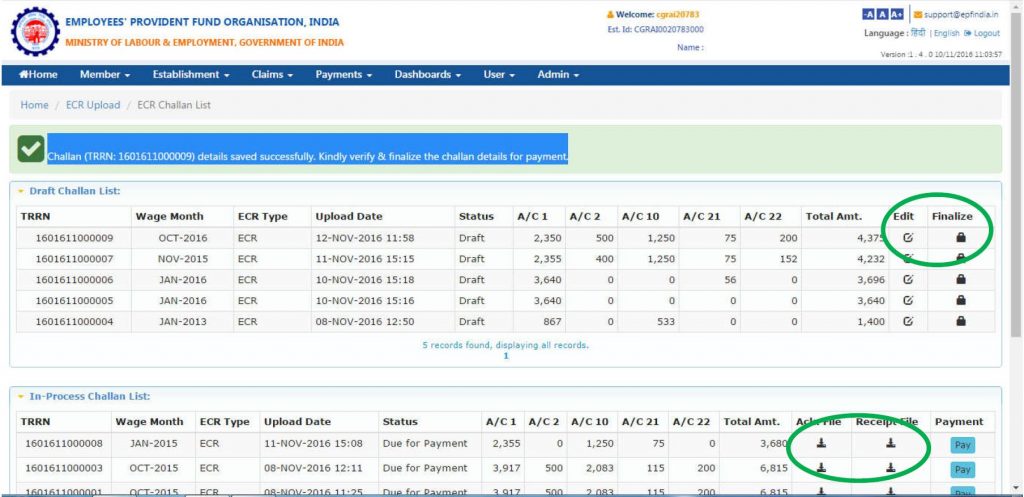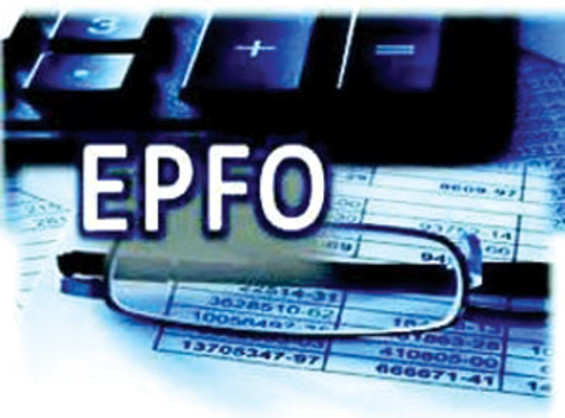


It also contains the fields for the depositor to sign the challan and the details of the cheque or demand draft being used to make the payment. Misc payments: This will contain the details of any miscellaneous payments that are being paid by the employer for the contributions for the period specified.īelow the particulars is the segment where the employer fills in details of the total amount that needs to be remitted, the name of the establishment and its address.Penal damages: Penal damages refer to any penalties that the employer may have to pay as a result of late remittance of EPF contributions.Insp charges: Inspection charges are those that are levied on contributions made towards the Employee Deposit Linked Insurance scheme.Admin charges: These are the administration charges for the EPF management.Employees share of cont.: This will be the total amount that is being contributed by the employee towards the EPF for the specified period.Employers share of cont.: This is the total amount that the employer is paying for the specified period.Particulars are the table where all the various amounts are mentioned in front of the appropriate heading. Account 21: This is the part that deals with the Employee Deposit Linked Insurance and contributions made towards it.Account 10: This is a section where contributions to pension funds are mentioned.Account 1: Deposits made under A/c 1 refer to payments made towards EPF and is inclusive of both employer and employee contributions.Total number of subscribers and total wages due: This will refer to the number of people who have actually signed up for the EPFO scheme.Dues for the month of: Here the employer can indicate the month or months for which they are making the payments on behalf of the employer and the employee.Paid by cheque/cash: This is a bit obvious as it refers to the mode of payment chosen by the employer.It is unique to each establishment and is generally mentioned in the PF account number.

Establishment code no: This is the code that is assigned to the company to identify it.What follows is an explanation of these fields and the data they represent. If you have seen the EPF challan, you may have some questions about what those fields actually stand for and how they are to be filled. It is best to know what the data represents. It is important to know about the different aspects of the challan as this helps give clarity to you about your payments. There is a receipt that is generated when the payments are made by an employee.


 0 kommentar(er)
0 kommentar(er)
